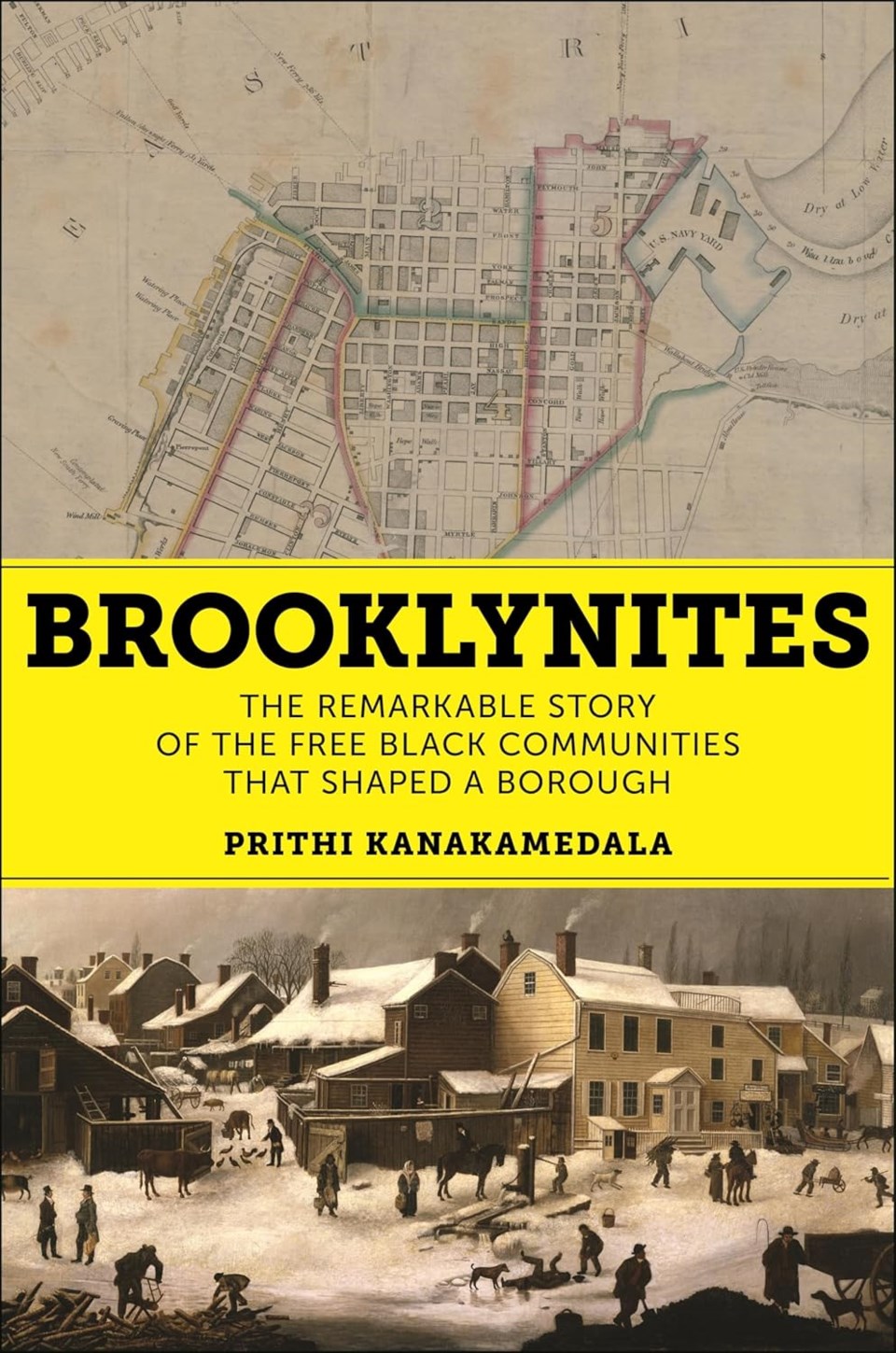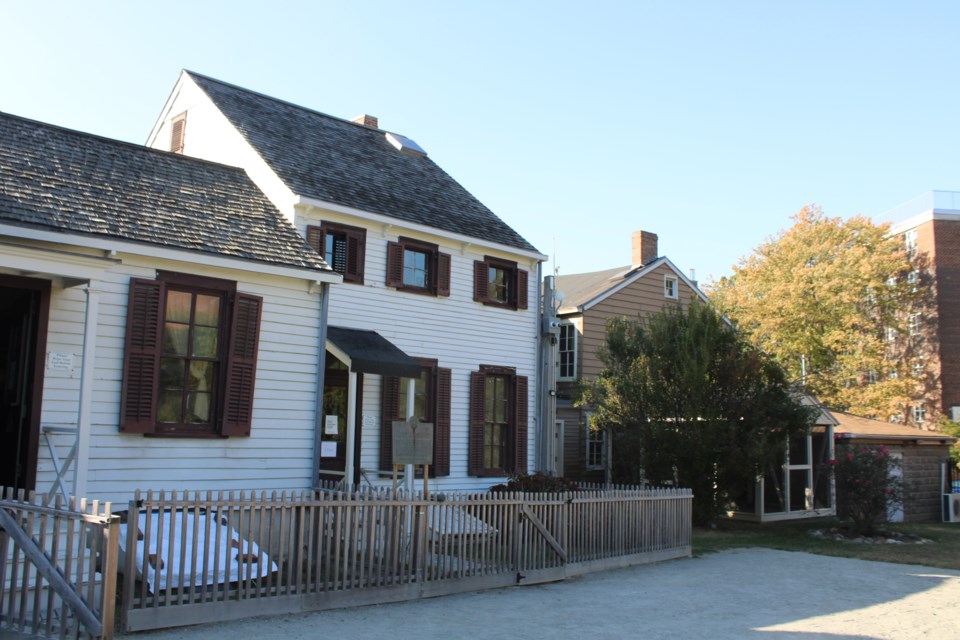Brooklyn’s past as a slaveholding capital, and later a center for free Black life, is explored in Brooklynites: The Remarkable Story Of The Free Black Communities That Shaped A Borough, a new book by Prithi Kanakamedala.
“There is an idea that in the 19th century, enslaved people only existed in the south, and people of African descent were all free in the north,” said Kanakamedala, a public historian and associate professor in the History Department at Bronx Community College, part of the City University of New York. “Of course, that was not the case. The founding basis of this country, the social, political, cultural context of this country, is slavery.”
Kanakamedala began working with the Center for Brooklyn History on a public history project about Brooklyn’s anti-slavery movement called In Pursuit Of Freedom in 2010. Several years ago, she decided to turn her work on the project into a book and found additional sources for information at the U.S. National Archives and Records Administration in Washington, D.C. and Yale University.
From its first European settlements by the Dutch in the 17th century, Brooklyn developed separately from Manhattan and remained its own city until 1898. Unlike Boston and Philadelphia, Brooklyn’s enslaved population began to grow after the American Revolution, mostly due to its agricultural terrain.
“Dutch and British farmers were willing to hold onto that agrarian economy so much longer. And of course, they needed unfree [enslaved] laborers to do that work," she said.

Slavery in Brooklyn slowly began to fade with the Gradual Emancipation Law of 1799, and on July 4, 1827, slavery officially ended across New York State. But even before that, free Black communities were organizing in the city.
None of the slaves in Brooklyn were waiting for slavery to officially end in 1827. By 1808, many people were creating institutions and ways of living in which they can create Black joy and thrive in, according to Kanakamedala.
Kanakamadela's book is structured around four prominent families: the Crogers, the Hodges, the Wilsons and the Gloucesters. These Black families started mutual aid organizations, founded churches, built real estate portfolios and supported abolitionist causes.
“I think free Black communities have so many lessons to teach us about the ways in which we still think of our neighborhoods today about what our neighborhoods need,” said Kanakamedala.
Little physical remnants of these communities still exist today, with a few exceptions. The Hunterfly Road Houses at the Weeksville Heritage Center, which were built in the mid-19th century, still stand today. The original façade of the Bridge Street AME Church, built in 1847, is located in Downtown Brooklyn and is a part of the New York University's Tandon School of Engineering. The church still exists today and is located in Bedford Stuyvesant.
Kanakamedala’s next project is a family biography of the DeGrasse family, a Black family who was central to Black politics in Manhattan in the early 19th century. She will be giving a lecture about the book at the Brownsville Public Library at 6:00pm on Nov. 21.
“I'm always drawn to this work as a person of color, as somebody who really believes in shared history, shared struggles, and what we can learn from each other's ancestors and past," she said.



.png;w=120;h=80;mode=crop)
